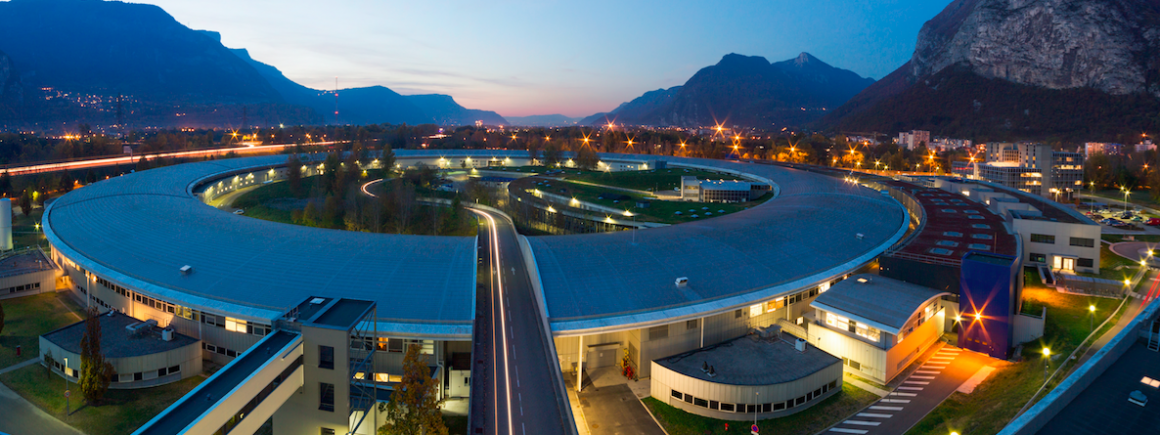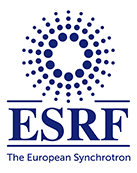© ESRF
The ESRF is ready to provide access to its facilities for covid-19 related research projects. This exceptional access will be granted with the aim to contribute to the international scientific effort to overcome the covid-19 pandemic.
On January 30th, 2020, the WHO declared the recent outbreak of coronavirus disease 2019 (COVID-19), a public health emergency of international concern. It declared that there is an urgent need to improve our understanding of the newly identified virus and its possible future evolution, as well as to contain the spread, to develop precise diagnostics and treatment, and to improve the public health response and patient care.
Before this crisis, the ESRF was in machine and beamline commissioning with the aim to open the new ESRF-EBS facility to the User community on 25 August 2020. In line with the French Authorities’ recommendations in the context of the COVID-19 pandemic outbreak in France, the ESRF is now in closure status and is implementing its Pandemic continuity plan.
The ESRF, in collaboration with its EPN Science campus partners, ILL, EMBL, IBS, provides a unique combination of state-of-the-art facilities and common platforms for structural biology and bio-imaging and can play a full part in the collective response of the research community to the challenges posed by Covid-19.
About ESRF
The ESRF is the world-leading source of synchrotron and a centre of excellence for fundamental and innovation-driven research for imaging and studying the structure of matter at the atomic and nanometric scale in all fields of research. Located in Grenoble, the ESRF owes its success to the international co-operation of 22 partner nations, of which 13 are Members and 9 are Scientific Associates. Following on from 20 years of success and scientific excellence, the ESRF launched the ESRF-EBS -Extremely Brilliant Source- project (150M€ over 2015-2022). Centred on rebuilding the ESRF storage ring, EBS will deliver unprecedented source brilliance and coherence (~100x), offering scientists with a powerful new instrument to look even deeper into the structure of materials and living matter. EBS also includes the construction of new state-of-the-art beamlines, a scientific instrumentation programme with ambitious detector projects and a data management and analysis strategy.



